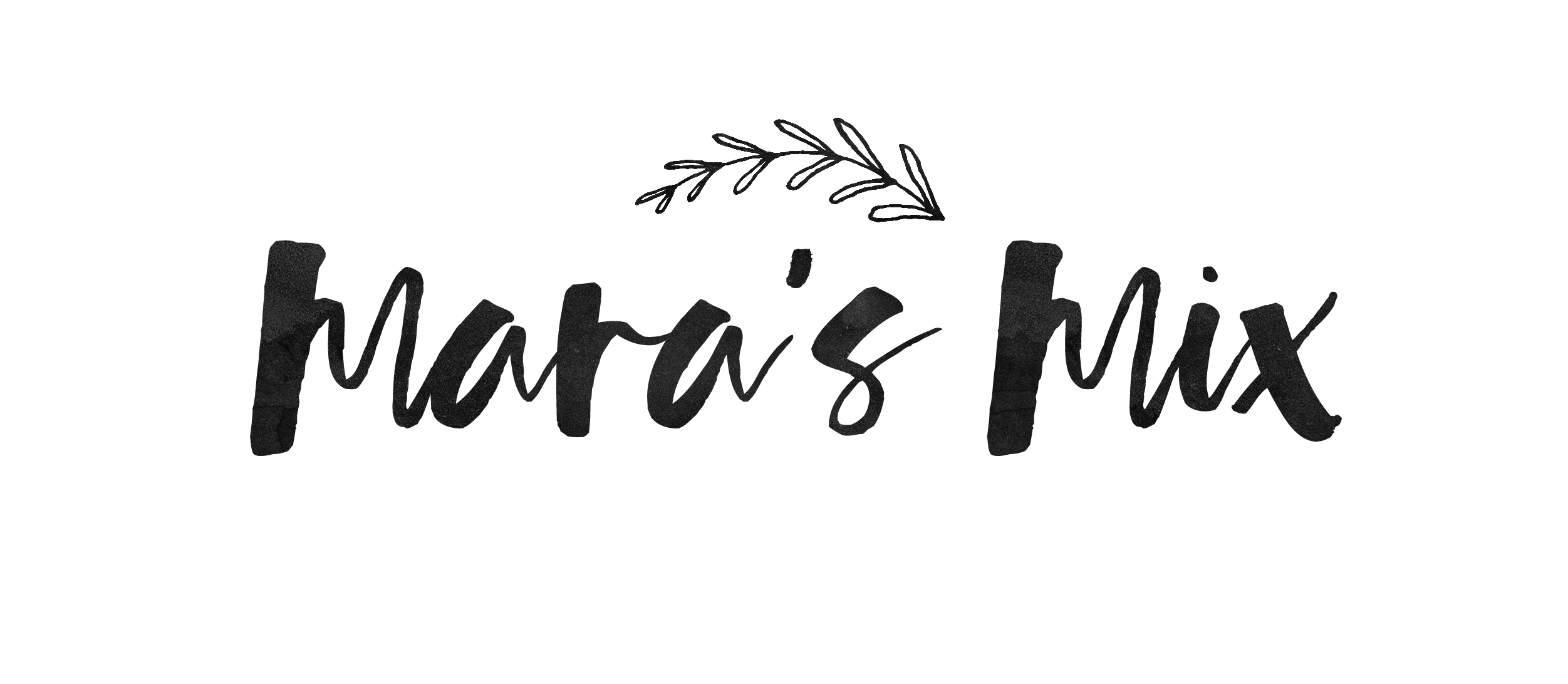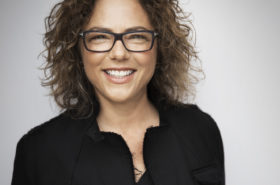
Some of you have done treatments or at least heard of them since they are de rigueur on broadcast/film shoots, however, they’re becoming much more commonplace for stills shoots. Photographers often have questions about what to include and what makes a winning treatment so today I’m going to demystify the process.
What are treatments and why are they important?
We’re not talking about the pretty dressing you use to adorn your windows. We’re talking about the summary you create to pitch the agency and client your point-of-view and ideas for a specific project on which you’re bidding. It’s an outline where you have the opportunity to describe your vision. Treatments typically accompany a bid/estimate for a project and are based on what you gleaned from the creative call. They are your chance to showcase your technical and creative chops.
Also, these are not to be confused with pre-pro books. Pre-pro books are created after a project has been awarded to the photographer and serve as a bible for shoot production. I’ll cover off what makes a good pre-pro book in a future post!
What makes a good treatment?
For starters, good grammar and punctuation. I’ve seen some pretty gnarly treatments in my day. Please spell-check and have a friend read through it to make sure it sakes mense – I mean makes sense. A well-designed, clean cover page that includes the project title and client/agency sets the tone. You can also hire a writer to help you craft the message.
When crafting your treatment, creatives and producers don’t want you regurgitate exactly what was said in the creative brief. They want to know how you plan to execute the concepts in your vision based on the brief. Pay attention to what the creative and producer are saying on the creative call. Pick up on what’s important and note any particular challenges, concerns and client requests.
It’s also your opportunity to describe any technical and stylistic notes. Are there specific angles that are important to notate? Tell us about lighting, locations, talent, how you are going to tackle a specific production challenge, etc.
Include mood boards and images to convey your ideas in a descriptive way. The idea is to paint a picture of how you’d approach the shoot. Don’t forget that the agency and client are looking for your collaboration and what this campaign would look like through your lens.
And don’t forget to show us your personality and enthusiasm for the project. Tell us who you are as a photographer. Show us your passion for the project while being authentic.
How long should a treatment be?
We’re not looking for a screenplay! Unfortunately, there’s no handbook outlining the appropriate number of pages for treatments but please make them concise. It all depends on the complexity and size of the project but they’re generally longer for broadcast/film. Communicate the information quickly without losing the point or the plot. No one wants a snoozer and make sure you’re not just saying the same thing 3 times over. Quality over quantity.
What do you do after you submit the treatment?
Ask your producer or point of contact about the estimating timelines. Give the creatives and producer some time to digest the treatment. Make yourself available to any changes or questions that the creatives, producer and client may have regarding your treatment and answer them promptly. Make sure the team knows you’re interested and enthusiastic about the job but no need to stalk. If the job is meant to be, your vision will come to life in no time.
Good luck!



